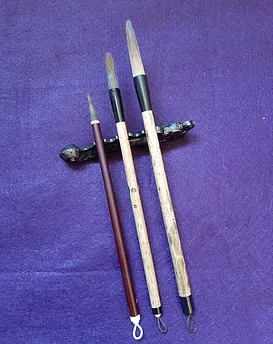
Brush : Fude 筆
Right: Regular size, for practice.
Middle: For smaller paintings.
Left: for names (signature) and kana (Japanese style letters)
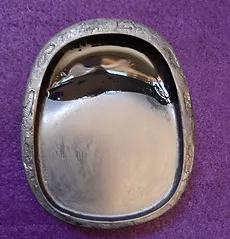
Ink Dish : Suzuri 硯
There are many different designs, but deeper dishes are easier to use because they hold plenty of ink and prevent spilling.
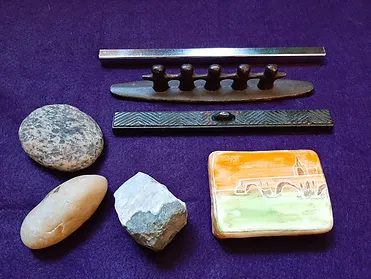
Paperweight : Bunchin 文鎮
The top example is a traditional student’s paperweight. There are many styles of bunchin. In my class, I suggest that students use their favorite rocks or other heavy objects that will add peaceful and joyful energy. Paperweights can express your personal essence, so have fun selecting a few!
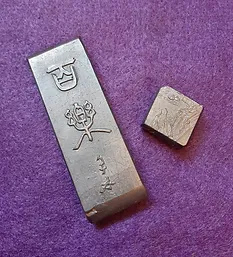
Ink Stick : Sumi 墨
These come in a variety of sizes and qualities. The better quality (and more expensive) ink sticks are softer and produce ink more easily.
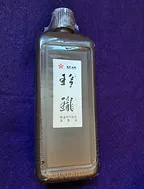
Bottled Ink : Bokujuu 墨汁
You can purchase ready-to-use bottled ink. After using this ink, make sure to rinse your brush, or else the brush will become hard when the ink dries. It’s OK not to rinse it completely off because it’s nearly impossible to do so.

Paper : Kami 紙
Usually, we use calligraphy paper called hanshi, which is a very thin rice paper. For the traditional calligraphy class, I recommend using hanshi. However, if you can’t find it, it’s OK to use any plain paper. Please don’t worry about making it perfect. Rice paper also tears easily, so consider using different types of paper to get a feel for these different materials.
